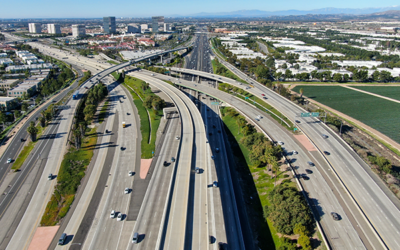
Big Data allows experts to look beyond traditional crash data. Traditional methods are useful in identifying high crash frequency locations; however, the downside is that they are reactive meaning a crash must occur for the data to be collected. Instead, Big Data is allowing practitioners to study a larger number of potential traffic incidents and trouble spots by evaluating specific contributing factors (i.e., driver behavior) to find out what might cause accidents before they happen. As technology improves and the industry shifts towards the use of even more advanced tools like real-time sensors and automated data collection systems, (i.e., Smart Cities), agencies will be able to proactively explore options for using Big Data as they upgrade and expand their existing systems.
To learn more about applying the right data sets to your safety projects, access the brief here. Be sure to tune in to the upcoming ITE webinar featuring ITE Brief co-author, Diwu Zhou, on May 23, 2023.
Contributors

Diwu Zhou
Senior Transportation Engineer
PE, RSP1

Meghan Mitman
RSP2I
Explore More
Celebrating Team Achievements
Join us in applauding the incredible accomplishments of these individuals who’ve secured new certifications and licenses this year. Their unwavering dedication and passion for serving communities is truly inspiring—we couldn’t be prouder to have them on our team!
Navigating Project-Induced VMT on a Budget
Explore a practical and cost-effective approach to address project-induced VMT and discover success stories from projects that have implemented this strategy.
Highway Traffic Forecasting
For those interested in induced VMT and its impact on transportation projects, we’re introducing new federal and state guidance.




